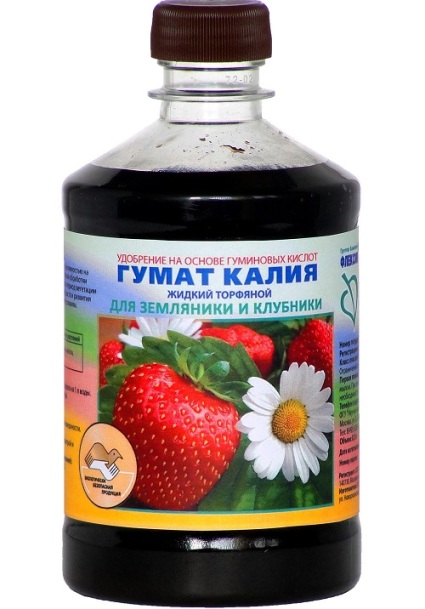
Potassium humate is an organomineral fertilizer that is made from peat, river sludge, brown coal, as well as waste from the production of alcohol and paper. For the manufacture of humic fertilizer, mud sediment accumulated at the bottom of freshwater ponds and lakes is also used. The main condition for obtaining sapropel (the so-called multilayer deposits) is the presence of stagnant water and the absence of oxygen. Then all layers will be saturated with the remains of living organisms, plants and will bring the greatest benefit to the fertilized soil.
In essence, potassium humate is a salt of concentrated humic acid. In nature, humic acid is one of the main chemical constituents of the soil. But since we constantly work with the soil, plow it, irrigate, dig, introduce various chemicals and fertilizers, humates cannot be formed in the right concentration. As soon as the amount of humic acids reaches a minimum level, the fertile properties of the earth are reduced to zero.
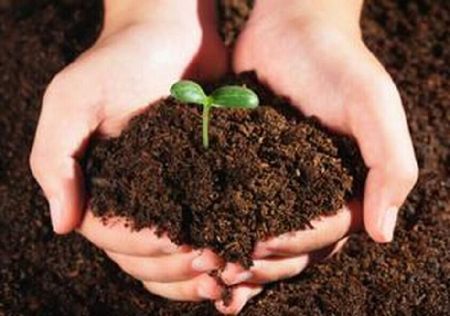
Harvest on such land is scarce, even with abundant irrigation of plants with complex fertilizers. The problem with poor growth of vegetable crops cannot be solved only by processing bushes and leaves. First of all, it is necessary to saturate the soil with minerals, acids and restore its original properties. Humic fertilizers are ideal for this, because it is almost impossible to oversaturate the soil with humus.
Some advanced farmers organize special compost pits on their plots, constantly producing humus, with which they fertilize the beds. But since many people have sites that are not very large and there is no way to allocate special places for humus, they give preference to specially created industrial humates.
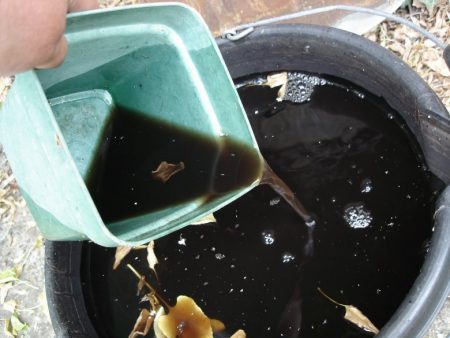
Humic fertilizers are also divided into ballast and ballastless. The first group is the mixture itself, which did not undergo purification from natural impurities and retained its original composition. It is mined as carefully as possible and they try not to destroy the layers formed over many years. Ballastless humate is more suitable for improving plant growth due to the fact that it contains a much larger amount of active substances. That is, ballastless humates go through the stage of saturation with additional elements, which makes them even more effective. No wonder ballastless humates are called growth activators.
The use of humates is useful on alkaline, soil soils in which a low iron content is noted. Such soil gratefully accepts the fertilizer and will respond to it with a several-fold increase in yield.
But, if you have oily chernozem on the plot, then it will not react to this fertilizer in any way, even if you fill it with every centimeter of your garden. Before starting the spring planting of vegetable crops, try to analyze the soil, determine its acidity, so as not to fertilize the soil in vain, if this is not necessary.
Content
How people learned about the benefits of humates
People started using humates of potassium and sodium as fertilizers back in ancient Egypt. True, the land was fertilized most often without their direct participation. The Nile River overflowed and spilled over many kilometers.When the water left, the peasants found in their arable areas a dense black layer of substance, the name of which they could not give. Over and over again, the Nile came and flooded the land, and then people began to pay attention to the fact that after the river overflowed the banks, the crops became more plentiful. Then the peasants themselves began to bring humates to their plots and fertilize the land with them.
And at the end of the 19th century, scientists with their scientific works confirmed the usefulness of using humates as fertilizers. It turned out that they can not only accelerate plant growth, make them more resistant to weather conditions, but also prevent heavy metals and radionuclides from absorbing into the roots and remove the consequences of treating plants with pesticides from the fruits.
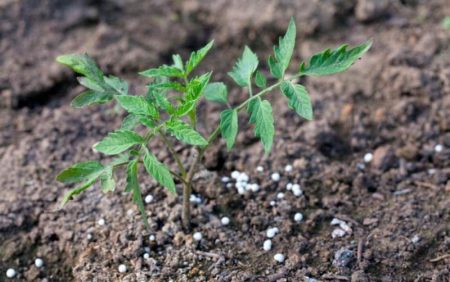
And only after scientific recognition, potassium humates began to gain wide fame among gardeners and farmers. Now potassium humate is known to everyone who has their own plot and grows various vegetable and berry crops on it. Humate is sold in any agricultural store and costs very little money.
How to dilute potassium humate
Potassium humate is available in several forms, among which you can choose a more convenient option for yourself:
- dry powder
- liquid concentrate
- paste
- gel
- prompter.
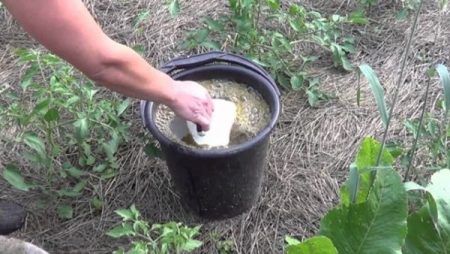
Before you start working with any of these tools, you should carefully read the instructions and find out how to properly spread the fertilizer. Do not forget about safety when working with any fertilizer!
Dry powder
Powdered fertilizer can be used both in dry form and diluted in water. A dry form may be more convenient in large spaces where it can simply be sprayed. Humate penetrates the soil, improves its fertile qualities and is able to increase the content of useful components in the earth several times.
It should be understood that a universal scheme for the cultivation of humate cannot exist, if only because this fertilizer is produced by completely different companies and the data in the instructions may differ from each other. It all depends on the concentration of the powder.
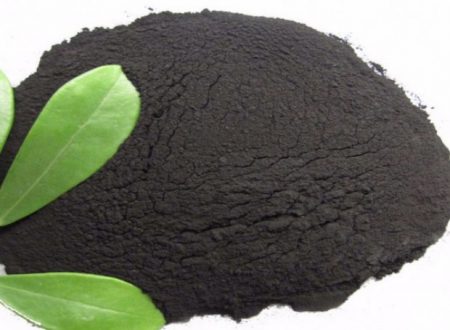
Let's look at one of the options for breeding dry powder, so that you understand how to work with it.
Dilution for soaking seeds and sprouts
Take 0.5 grams (about a third of a teaspoon) of fertilizer and mix it in 1 liter of water. In the resulting solution, lower the seeds of the plants and leave them there for 8-12 hours. And the sprouts fall into the liquid at 2/3 of their length and remain for 14 hours. Soaking in such a liquid makes future crops much more resistant to various diseases, and nourishes them with all the necessary useful substances.
Use of fertilizer for spraying and watering
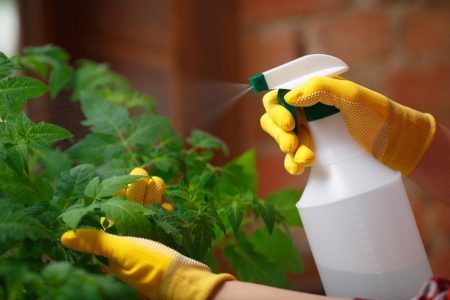
Dilute 3 grams of humate per 10 liters of warm water for about fifty degrees. Stir the liquid thoroughly until all granules are completely dissolved. If possible, use filtered water.
The resulting solution can be treated with plant leaves. Try not to be very zealous with spraying, since excess does not lead to anything good. Spray the area in this way three times with an interval of two weeks. The flow rate of the resulting solution is approximately 1 liter per 10 square meters when sprayed. And when watering, 10 liters of liquid per 10 square meters are consumed.
To determine whether the solution is ready to use or not, look closely at its color. The finished liquid is the color of slightly brewed tea. The solution should be clean and not contain any impurities and suspensions. If you think that something is floating in a bucket, it is better to strain the solution through cheesecloth.
Soil treatment before sowing
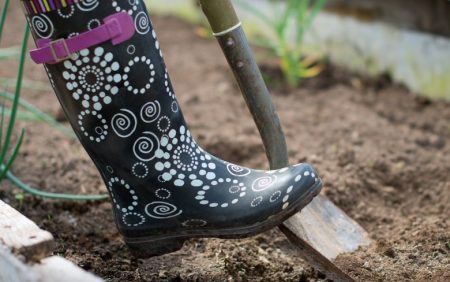
Mix humate with sand and evenly scatter over the site. 50 grams of the product is enough to process 10 square meters of soil. Then walk around the site with a rake and loosen the ground.If in the winter there was a lot of rainfall, then in the soil by the spring there will be a lack of useful trace elements. That is why fertilizer of the earth takes such an important place in early spring, just before the planting begins.
When it comes to dry humic fertilizer, we cannot ignore the most popular representative of this type.
Humate +7
Humate +7 is a natural fertilizer based on humic acids, additionally enriched with seven trace elements:
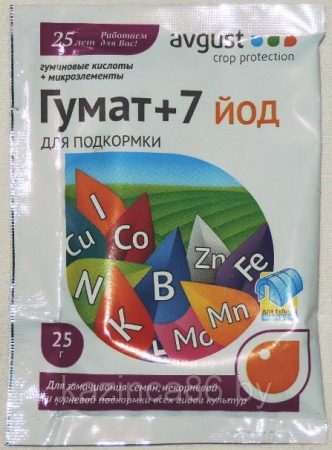
- iron
- molybdenum
- manganese
- nitrogen
- zinc
- boron
- copper.
Supplementing the composition with elements made the product even more universal: it can now be used both as a growth stimulator and as a fertilizer.
Gumat +7 breeding instruction is very simple. One package weighing 10 grams is enough to prepare a solution of 200 liters.
In the case when you want to cultivate the soil before the beginning of the garden season, calculate how much humate you will need. One bag of Humate +7 weighing 10 grams is enough to process 3 square meters of soil.
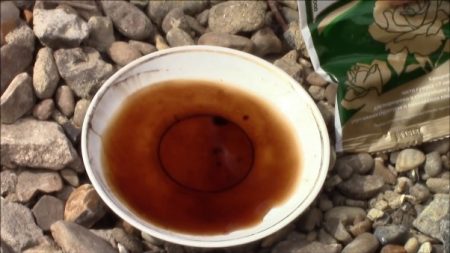
Soaking seeds and tubers in humic fertilizer is very useful, but just take into account the fact that different plants must be in solution for different times. For example, large-seeded rocks can lie in the liquid for about three days, and all other crops no more than a day.
If you want to use Humate +7 to water your beds, then maintain a frequency between treatments of at least two weeks.
Humate +7 is compatible with nitrogen and complex fertilizers, but it is absolutely not friendly with phosphorus and potassium products, so you should not treat the soil with them at the same time.
Liquid concentrate
The liquid form of humate is a concentrate that is 80% active. The liquid has a dark brown color and a rather specific smell.
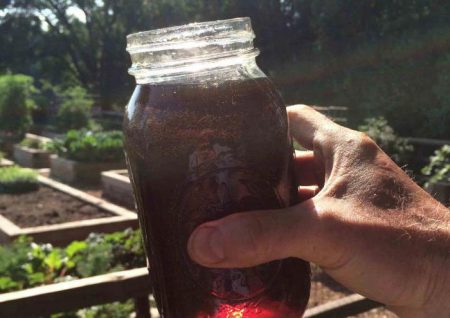
In order to soak the seeds in humic fertilizer, make a solution at the rate of 20 ml of concentrate per 250 ml of water. Leave the seeds and seedlings in this liquid for approximately 12-15 hours to obtain the maximum positive result.
If you are going to spray fertilizer or water the garden, then make a solution at the rate of 50 ml of concentrate per 10 liters of water.
In the case when you are going to introduce some other means together with humate, for example, phosphorus fertilizer, it is better to refrain from this. The fact is that humate interacts very poorly with phosphorus and there will be no benefit from such a union to your beds.
If you suddenly doubt whether it is worth using two different fertilizers at the same time to cultivate the soil, then try to mix them and look at the reaction. If there is no precipitate, then everything is in order and you can continue your agricultural experiments.
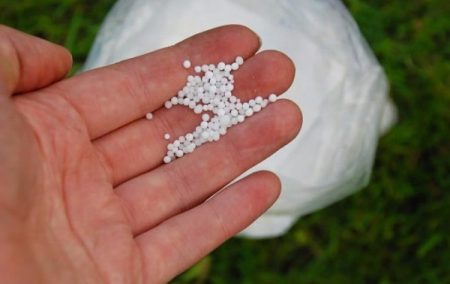
In its active ingredients, the liquid form is no different from a dry powder, and both options do an excellent job.
Paste and gel
Such forms of release as paste and gel have appeared on the market relatively recently. The manufacturer claims that in this form the fertilizer dissolves much better in water and is more economically consumed than the dry or liquid form of humic fertilizer. Also, in one small jar there is a much higher concentration of trace elements and potassium than in other forms of fertilizer release.
Humate is mixed in the proportions of one tablespoon per 10 liters of water. About 1 ha of a garden can be sprayed with 1 liter of such a solution. By a simple calculation, it becomes clear that the gel and paste, indeed, at a lower expense, help to process a much larger area.
Gumat Souffler
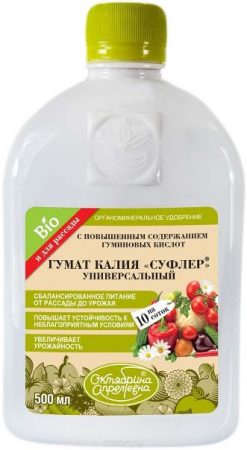
This type of fertilizer is obtained from humic sapropel, it contains the maximum amount of organic substances and a number of valuable trace elements. Souffler is considered to be the universal version of humate.
It is suitable for both processing indoor plants and for fertilizing vegetable crops. The prompter is sold in a concentrated liquid form of a dark brown color.
In winter, indoor plants are treated no more than once every 1.5 months, and during flowering, some gardeners prefer to fertilize their beds every week. There will be no harm from such regularity of processing, but it will not be possible to get more benefits than fertilizer can give.
Humate not only increases the resistance of plants to various negative factors affecting their growth and development, but also improves even the appearance of the resulting fruits. They are much larger than their raw counterparts and look equally beautiful and glossy.
Potato Fertilizer with Potassium Humate
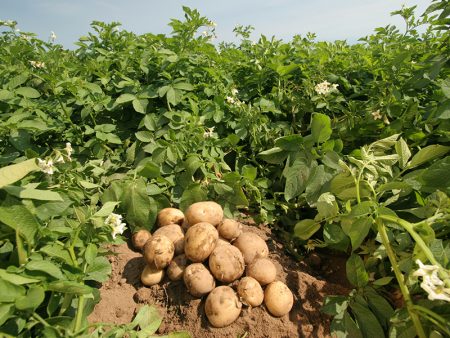
Potatoes are rightfully one of the most popular vegetables. It is included in the diet of all people without exception, and farmers are ready to do a lot to get a rich harvest in the fall.
Processing potassium humate is the safest and easiest way to improve the condition of vegetables. First of all, you need to soak the tubers themselves before planting them in the ground.
To do this, dilute a concentrated fertilizer solution in water at room temperature (we wrote how to make such a solution a little higher) and place the potatoes in it for 10-12 hours. This time is more than enough for the tubers to get all the nutrients they need.
After the tubers sprouted and the first leaves appeared on the sprouts, it was time to start watering and spraying the bushes with humate.
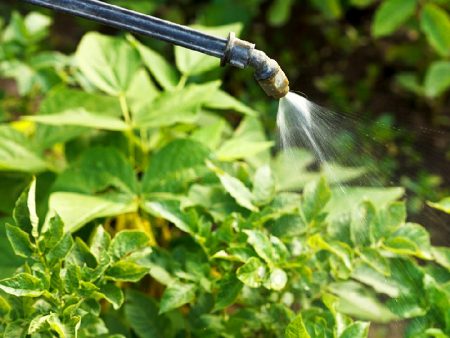
If suddenly you are going to process potatoes with fungicides or insecticides, it is better to use humate after them. Since it will help reduce the harm that plants get from chemicals.
During the growing season, it is better to process potatoes with humate twice, a second time during the period when the first buds began to appear on the bushes.
Useful and harmful properties of humate for plants
In this article we have already said about the beneficial properties of potassium humate more than once, but let's try to systematize all the advantages that appear when using this type of fertilizer.
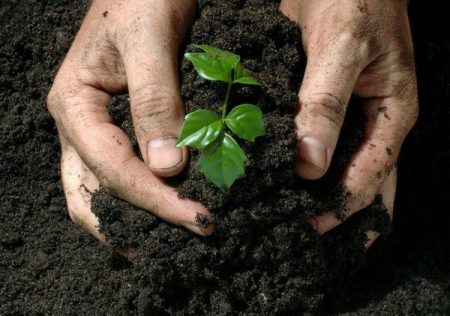
- Humate is an absolutely natural fertilizer, the effectiveness of which has been proven not only by scientific works of scientists, but also by many years of use by gardeners.
- This type of fertilizer is universal: it can be used to till the soil, the plants themselves, as well as seeds, tubers and seedlings before planting in open ground. Few means can boast such versatility.
- Humate improves the soil, saturates it with microelements, and helps reduce the amount of radioactive components and heavy metals.
- With this fertilizer, the yield increases in some cases from twenty to fifty percent.
- Humate increases the resistance of plants to diseases, helps them easier to tolerate chemicals, and recover more quickly from pests.
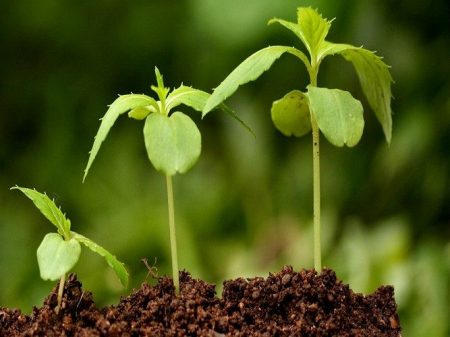
- Vegetables and berries processed with humic fertilizers ripen faster and look glossy and beautiful.
- This tool can be used not only for the treatment of plants planted in open ground, but also for feeding home flowers.
- The cost of humate relative to other fertilizers is very low and therefore even when processing a large area you will spend a very small amount of money.
The humate got such an impressive list of positive qualities, but what are its harmful properties? And are there any?
- Harm from humic fertilizers can be if you use them uncontrollably.Follow all the instructions on the packaging and do not seek to pour fertilizer on every inch of the earth in pursuit of a good harvest.
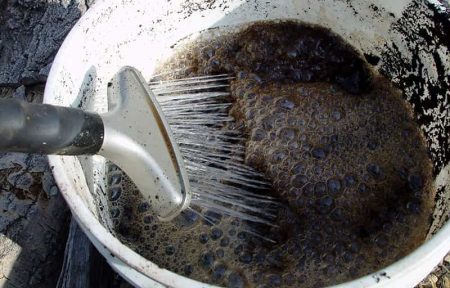
- If you don’t do any harm to black soil with potassium humate, then soil with a predominant amount of salts of humate is useless. Only further upset the balance of trace elements and worsen the condition of the earth.
- Potassium humate can also be harmful if you bought fertilizer from an unscrupulous manufacturer who, instead of a natural remedy, sold you an incomprehensible chemical mixture. Try to give priority to trusted fertilizer suppliers and do not buy goods in non-specialized stores. Spare your crop and nerves.
- Humic fertilizer is not a panacea for all diseases and cannot fill plants with a maximum of useful substances. Sometimes gardeners place too many hopes on him and don’t feed their beds anymore. The end result is not as pleasing to them as it could be. In order not to experience such disappointment, alternate humate with other nitrogen fertilizers.
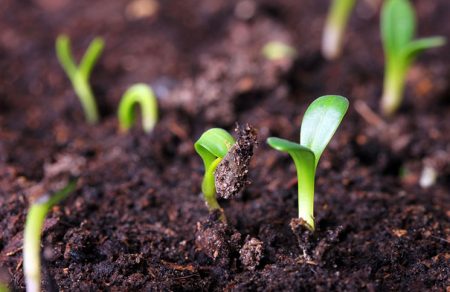
In the case when you made a solution with the wrong ratio of humate and water and suspect that your houseplant has received an excess of minerals, then correcting this situation is quite simple. Rinse the top words of the turf with clean water and repeat this procedure several times so that the water comes out of the holes in the pot. When the water passes through the whole soil several times, the excess of humate will be eliminated.
Humic fertilizer reviews
Since humate is a very common fertilizer, it is not surprising that there are many reviews. But almost all gardeners speak only about the positive impact of humate on vegetable crops.
If you do not overdo it with top dressing and observe all the proportions indicated in the instructions, then humate is simply irreplaceable in its field. Summer residents note that already after the first application of fertilizer, plants acquire a more healthy appearance and begin to grow much faster.
On the Internet there are several tens of thousands of positive reviews on humate from both amateur gardeners and gardeners who grow their plants on an industrial scale.
Humic fertilizer copes with the problems of depleted soil, with a low content of trace elements. The tool fills the soil with useful substances and makes it many times more fertile.
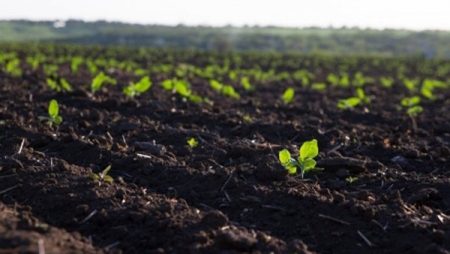
In humate buyers appreciate its naturalness, because it is produced only from natural raw materials, without the addition of chemicals. Fertilizer copes with the removal of pesticide residues, heavy metals from plants, which is especially good in our environment.
If you have never met humic fertilizer, it is never too late to start this acquaintance. We are sure that you will be satisfied with the result obtained from the use of humate.

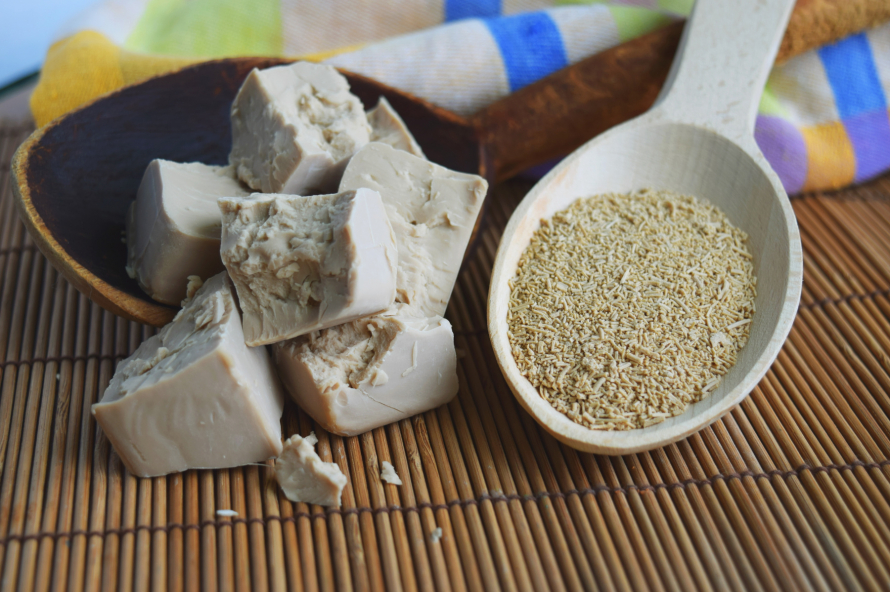
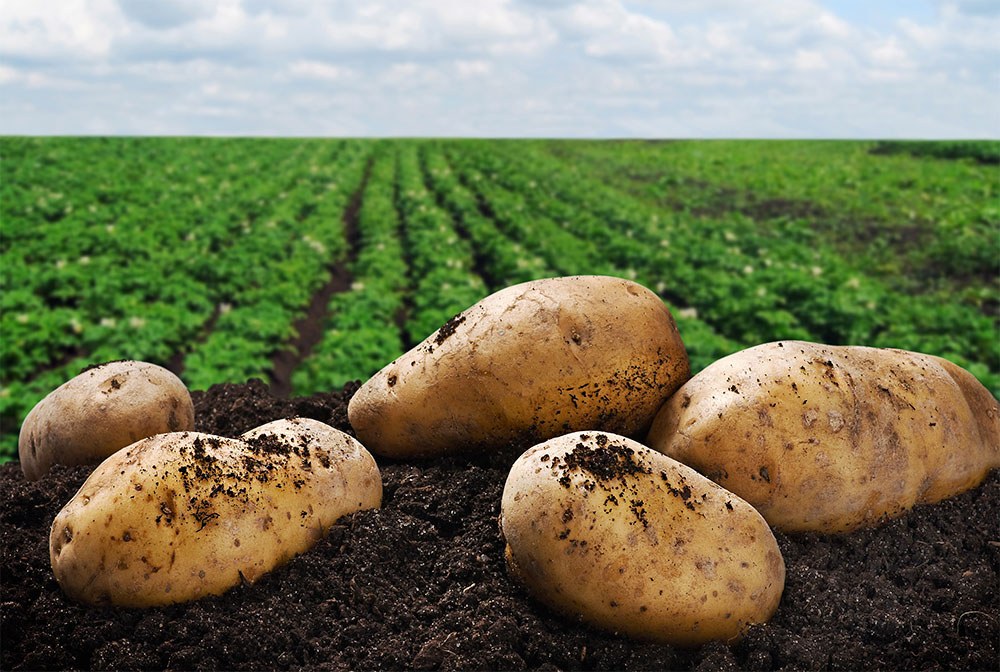
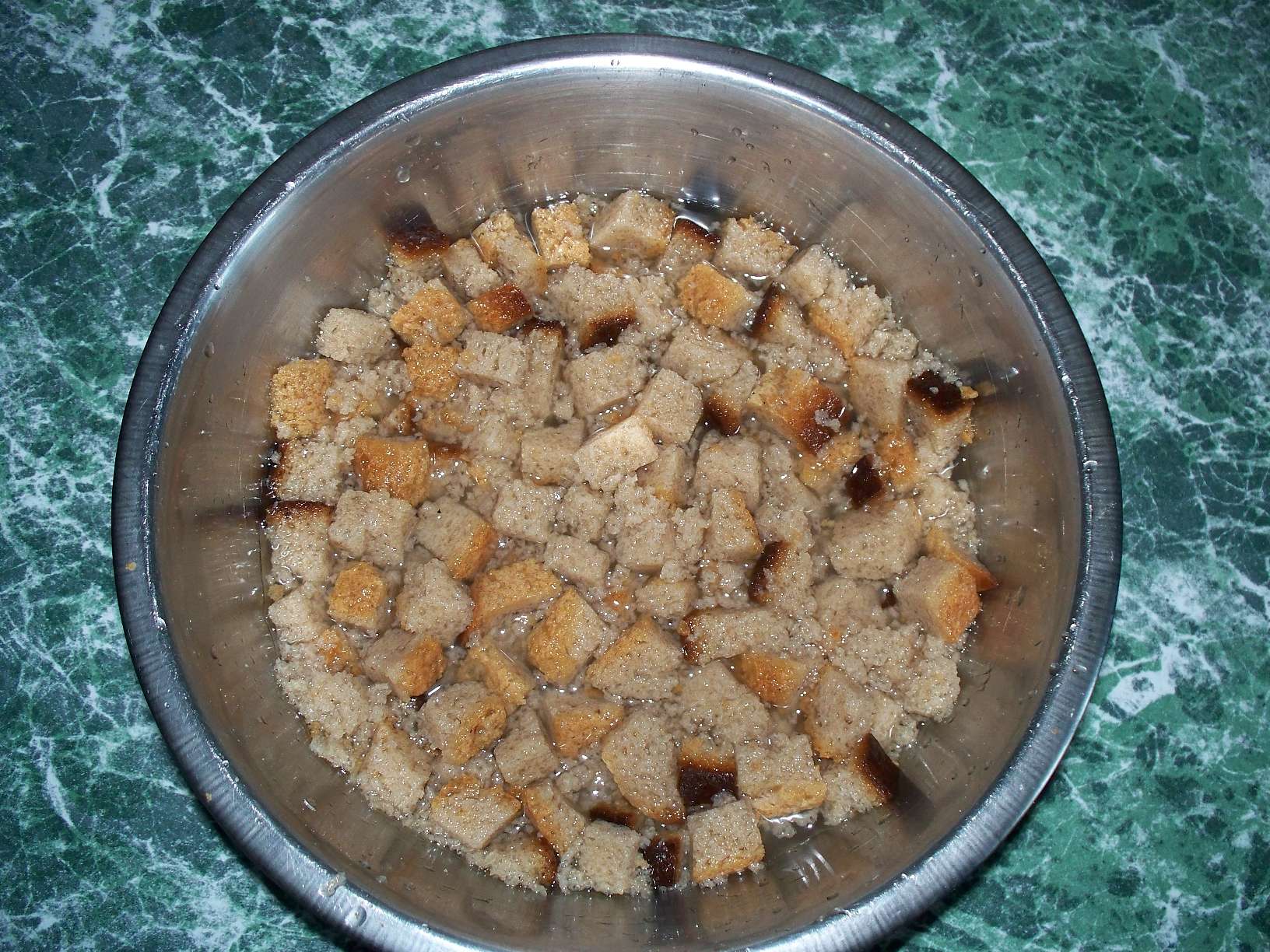
 Superphosphate: what is it and how to apply it
Superphosphate: what is it and how to apply it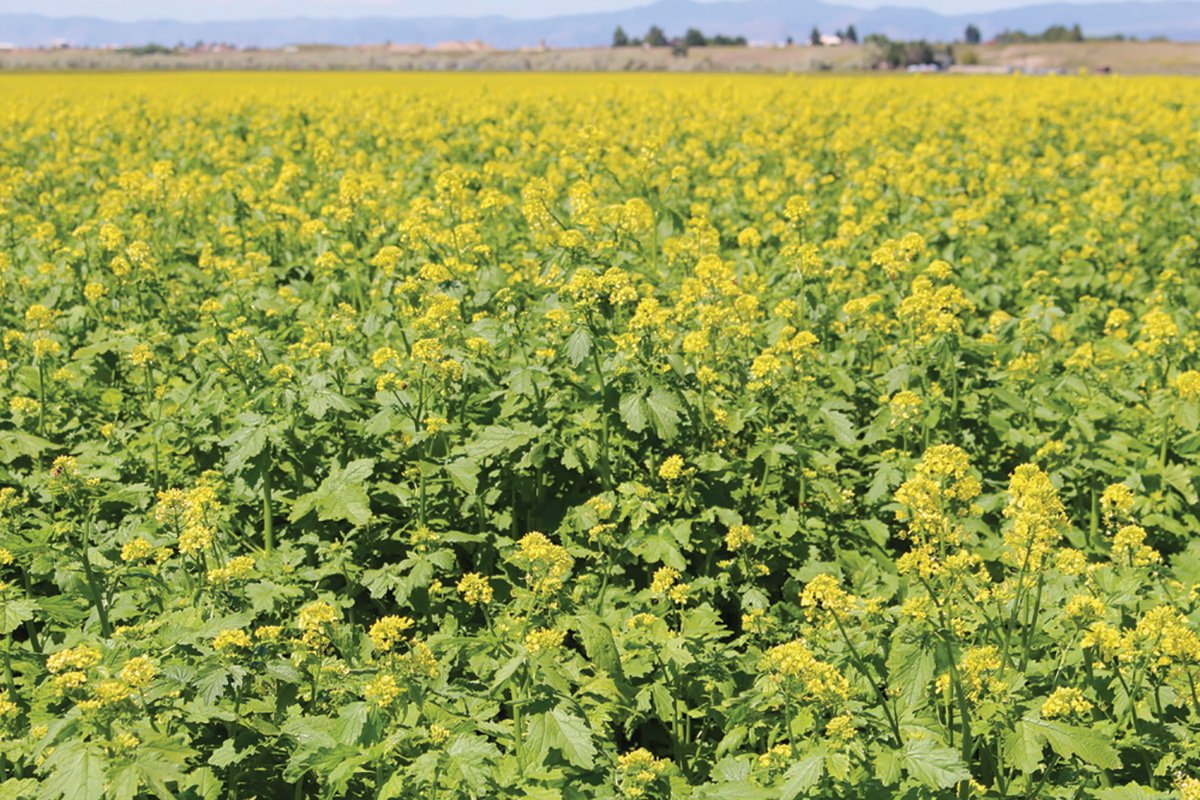 What problems can be expected from siderats?
What problems can be expected from siderats?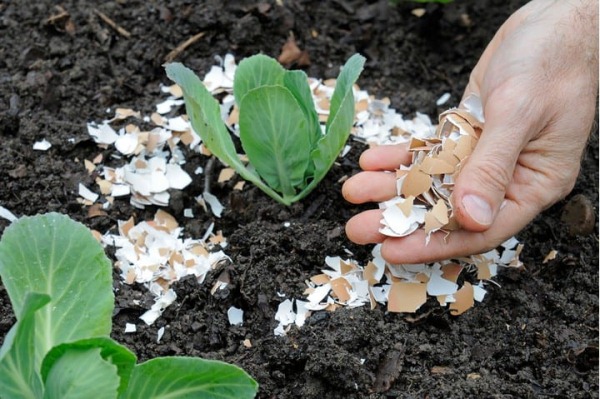 Secrets of the collection, storage and use of eggshells in the garden
Secrets of the collection, storage and use of eggshells in the garden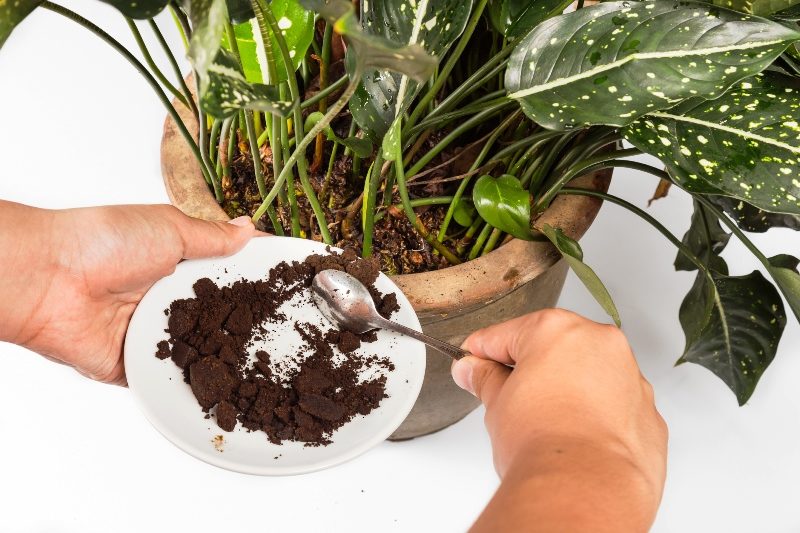 The most popular top dressing for indoor plants
The most popular top dressing for indoor plants